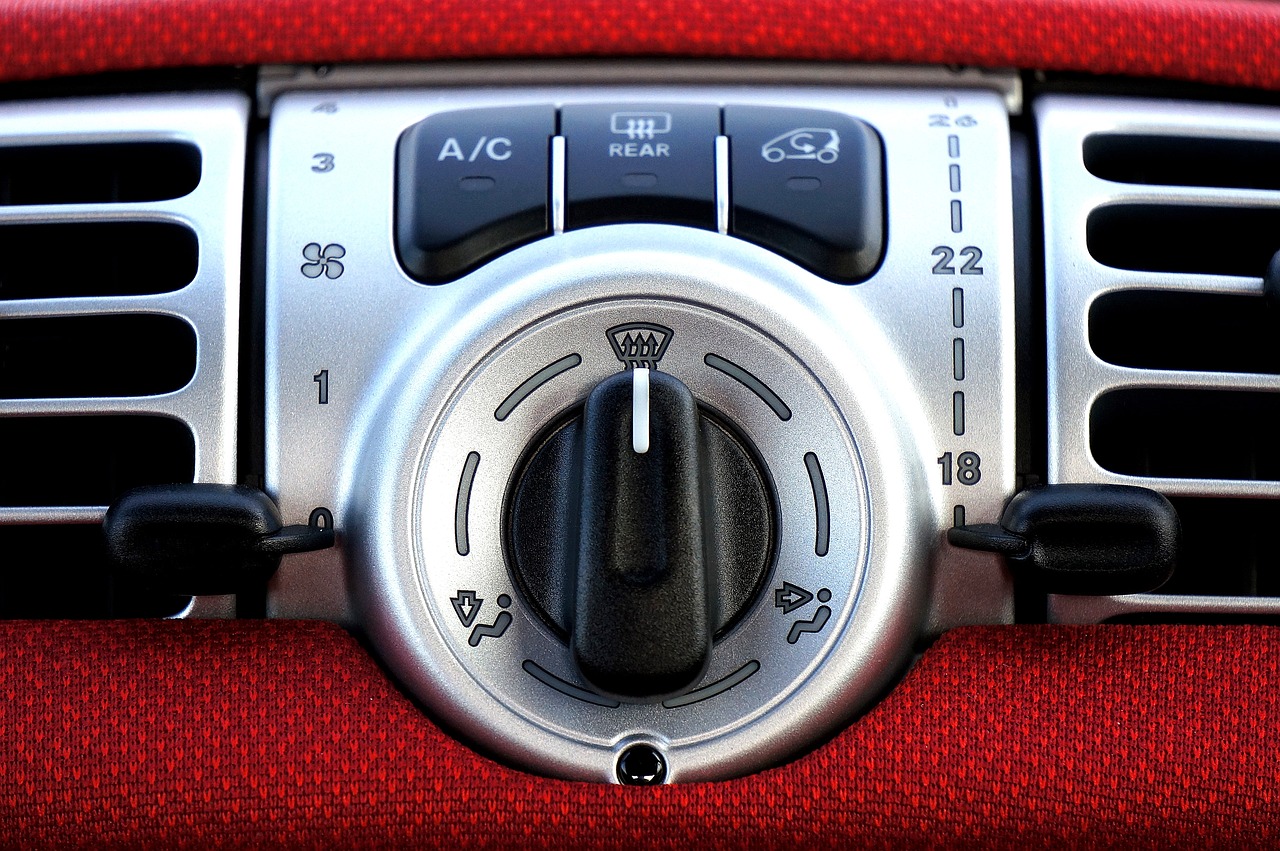How HVAC Systems Support Energy Efficiency and Comfort
HVAC systems maintain indoor temperature and air quality while improving energy efficiency. Regular maintenance of HVAC systems and modern equipment can help reduce energy use and create consistent comfort in homes and workplaces throughout the year.

HVAC systems have become essential components of modern buildings, providing year-round climate control while addressing growing concerns about energy consumption. As Australian households and businesses seek ways to reduce their environmental footprint and manage rising energy costs, the role of efficient heating and cooling systems has never been more important. These systems not only regulate temperature but also control humidity, improve air quality, and create healthier indoor environments.
The relationship between HVAC performance and energy efficiency is complex, involving equipment design, installation quality, maintenance practices, and user behaviour. By understanding how these factors interact, property owners can make informed decisions that enhance comfort while minimising energy waste. This knowledge becomes particularly valuable in Australia’s diverse climate zones, where temperature extremes can place significant demands on heating and cooling systems.
What Makes HVAC Technologies Energy-Efficient?
Energy-efficient HVAC technologies incorporate several design features that reduce power consumption while maintaining performance. Variable speed compressors adjust their operation based on actual cooling or heating demands rather than running at full capacity continuously. This approach can reduce energy use by 20 to 40 percent compared to traditional single-speed systems. Inverter technology, common in modern split systems, allows compressors to ramp up or down smoothly, avoiding the energy spikes associated with frequent on-off cycling.
Smart thermostats and zoning systems further enhance efficiency by directing conditioned air only where needed. These controls learn usage patterns and adjust temperatures automatically, preventing energy waste in unoccupied spaces. Heat pump technology deserves special mention for its ability to transfer rather than generate heat, achieving efficiency ratios that can exceed 300 percent. In practical terms, this means heat pumps can deliver three units of heating or cooling energy for every unit of electricity consumed.
High-efficiency filters and improved ductwork design also contribute to energy savings by reducing system strain. Properly sealed and insulated ducts prevent the loss of conditioned air, which can account for up to 30 percent of energy waste in poorly maintained systems. Modern refrigerants with lower global warming potential not only benefit the environment but often improve system efficiency as well.
How Do HVAC Systems Enhance Comfort and Climate Control?
Comfort and climate control benefits extend beyond simple temperature regulation. Modern HVAC systems manage multiple environmental factors simultaneously, creating indoor conditions that promote health and productivity. Temperature consistency ranks among the most noticeable improvements, with advanced systems eliminating the hot and cold spots common in older installations. Multi-zone capabilities allow different areas of a building to maintain different temperatures, accommodating varying preferences and usage patterns.
Humidity control represents another critical comfort factor often overlooked. Australian climates can range from tropical humidity to desert dryness, and HVAC systems equipped with proper dehumidification or humidification features help maintain the ideal range of 30 to 50 percent relative humidity. This balance prevents issues like mould growth, static electricity, and respiratory discomfort.
Air filtration systems integrated into modern HVAC units remove allergens, dust, and pollutants, significantly improving indoor air quality. This feature proves particularly valuable for individuals with allergies or respiratory conditions. Noise reduction technologies in newer systems also contribute to comfort, with sound levels in premium models dropping below 20 decibels during operation. The combination of these factors creates indoor environments that feel naturally comfortable rather than artificially conditioned.
Why Is Regular HVAC Servicing Important?
The importance of regular HVAC servicing cannot be overstated when considering both efficiency and longevity. Routine maintenance typically includes cleaning or replacing filters, checking refrigerant levels, inspecting electrical connections, and testing system controls. These seemingly simple tasks can prevent efficiency losses of 5 to 15 percent that accumulate as systems age without proper care.
Dirty filters force systems to work harder, increasing energy consumption and accelerating component wear. Refrigerant leaks reduce cooling capacity while causing compressors to run longer, driving up electricity costs. Loose electrical connections create safety hazards and can lead to system failures during peak demand periods. Professional servicing identifies these issues before they escalate into expensive repairs or complete system replacements.
Most manufacturers recommend servicing at least annually, with some suggesting twice-yearly maintenance in regions with extreme seasonal variations. This schedule aligns with the transition between heating and cooling seasons, ensuring systems perform optimally when needed most. Regular servicing also maintains warranty coverage, as many manufacturers require documented maintenance as a condition of warranty claims. Beyond the technical benefits, serviced systems provide more reliable comfort, reducing the likelihood of breakdowns during heatwaves or cold snaps when HVAC services are in highest demand.
Practical Steps for Optimising HVAC Performance
Property owners can take several practical steps to maximise HVAC efficiency between professional service visits. Setting thermostats to moderate temperatures rather than extreme settings reduces system strain and energy consumption. Each degree of temperature adjustment can affect energy use by approximately 5 to 10 percent. Using ceiling fans in conjunction with air conditioning allows higher thermostat settings while maintaining comfort through improved air circulation.
Keeping outdoor units clear of debris, vegetation, and obstructions ensures proper airflow and heat exchange. Shading outdoor units from direct sunlight can improve efficiency by several percentage points, though care must be taken not to restrict airflow. Closing curtains or blinds during hot days reduces solar heat gain, while opening them during winter allows passive solar heating.
Upgrading insulation and sealing air leaks in building envelopes reduces the load on HVAC systems by minimising heat transfer. These improvements often deliver returns on investment within a few years through reduced energy bills. Regular filter changes, typically every one to three months depending on usage and environment, represent one of the simplest yet most effective maintenance tasks homeowners can perform themselves.
Conclusion
HVAC systems serve as the backbone of indoor comfort and energy management in modern buildings. The integration of energy-efficient technologies, proper climate control features, and regular maintenance creates systems that perform reliably while minimising environmental impact and operating costs. As technology continues to advance, the gap between comfort and efficiency narrows, offering Australian property owners increasingly sophisticated options for managing their indoor environments. Understanding these systems and committing to their proper care ensures optimal performance, extended equipment life, and sustained comfort throughout changing seasons.




